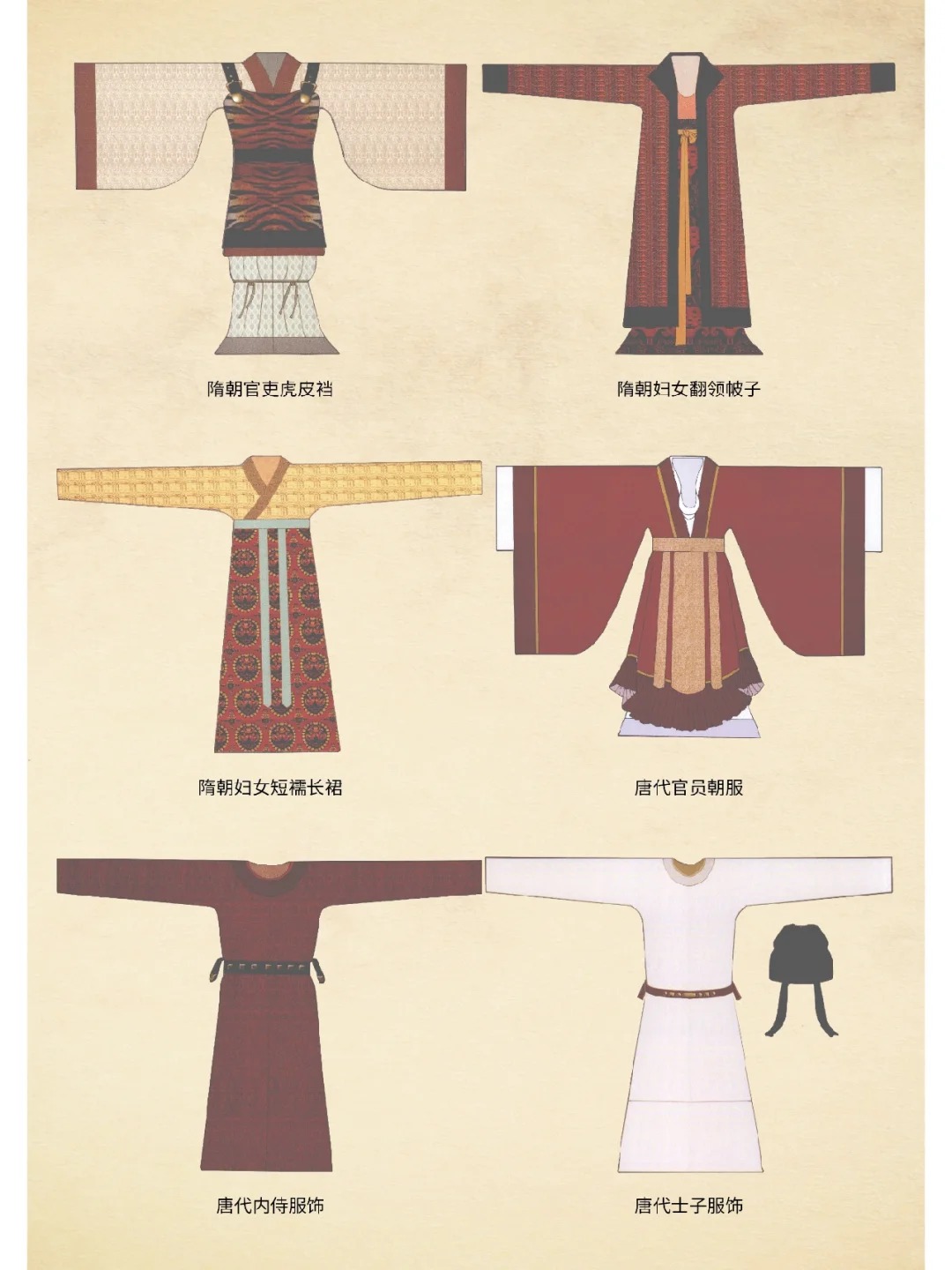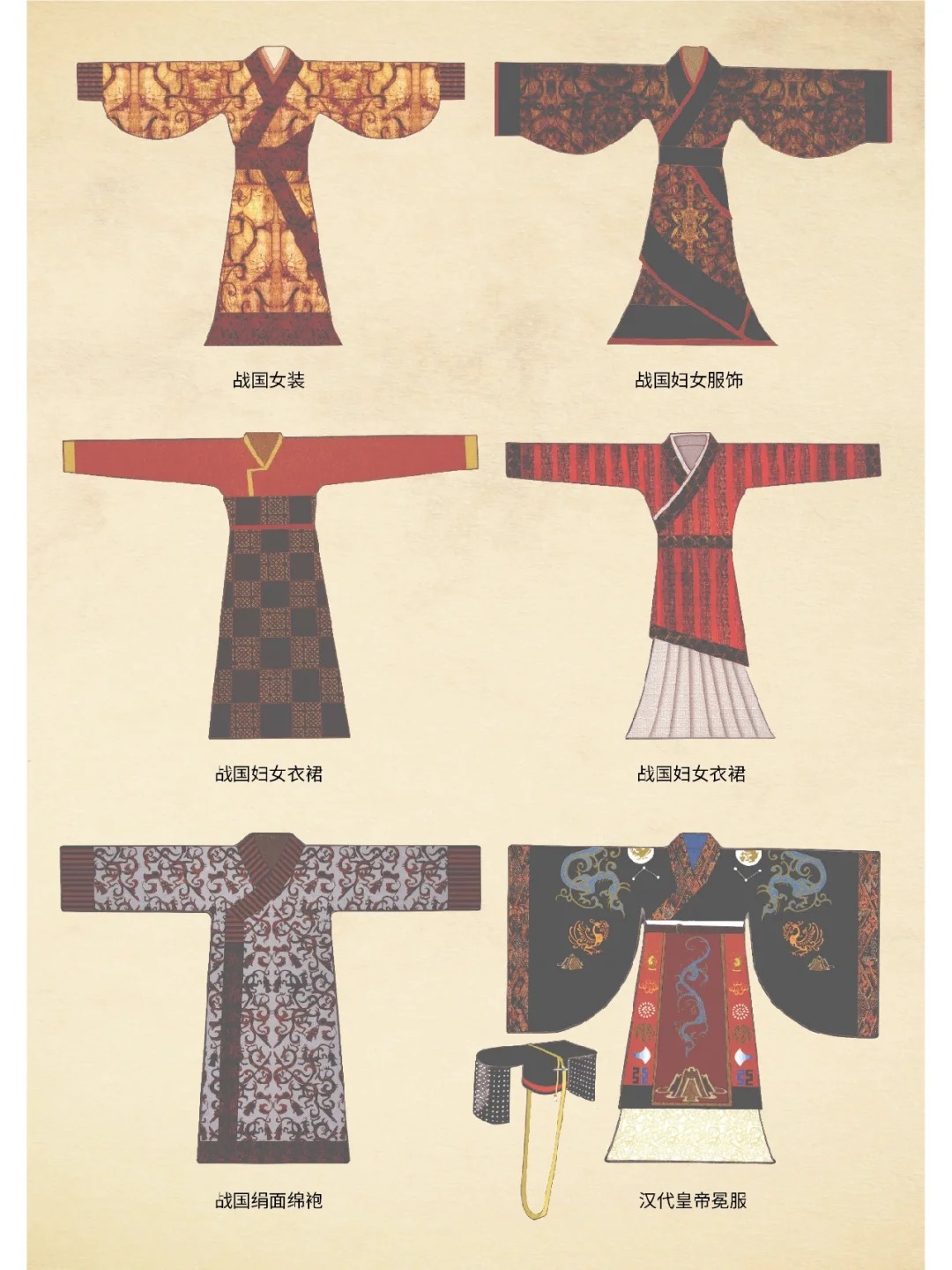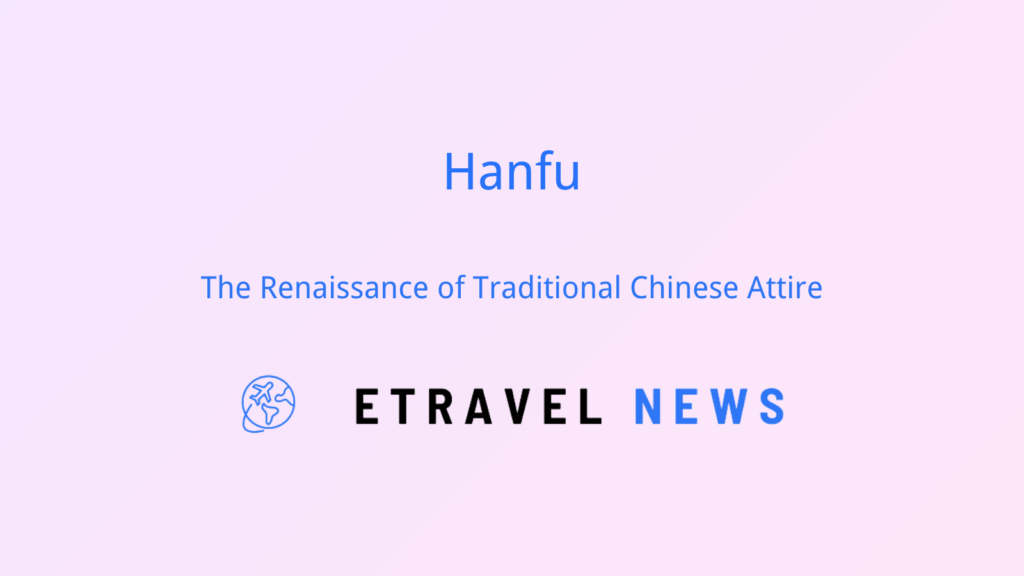Introduction to Chinese Clothing
Chinese clothing is a vibrant tapestry woven from thousands of years of history, cultural evolution, and artistic expression. From the flowing robes of ancient emperors to the sleek cheongsams of modern fashionistas, Chinese garments tell a story of a civilization’s journey through time.
In Chinese culture, clothing has always been more than mere covering; it’s a statement of identity, social status, and cultural values. The evolution of Chinese clothing mirrors the nation’s history, reflecting changes in dynasties, social norms, and interactions with other cultures.
As we unravel the threads of Chinese sartorial history, we’ll discover how traditional designs continue to influence contemporary fashion, creating a unique blend of old and new that captivates the world.

Historical Evolution of Chinese Clothing
Ancient Dynasties: Foundations of Style
The history of Chinese clothing is as long and diverse as China itself. Each dynasty brought its own unique style:
| Dynasty | Period | Characteristic Styles |
|---|---|---|
| Han | 206 BCE – 220 CE | Wide-sleeved robes, cross-collars |
| Tang | 618 – 907 CE | Colorful, revealing styles; foreign influences |
| Ming | 1368 – 1644 CE | Return to conservative styles; mandarin squares |
| Qing | 1644 – 1912 CE | Manchurian influences; qipao origins |
Social status played a crucial role in determining one’s attire. Nobles wore elaborate silk robes, while commoners dressed in simple hemp or ramie fabrics. Professions also dictated clothing styles, with scholars, merchants, and artisans each having distinct dress codes.
The fall of the Qing Dynasty in 1912 marked a significant turning point, as Western influences began to reshape Chinese fashion dramatically.

Traditional Chinese Garments
Hanfu: The Heartbeat of Han Culture
Hanfu, the traditional clothing of the Han Chinese, is experiencing a revival in modern China. Characterized by its cross-collar, wide sleeves, and flowing silhouette, Hanfu embodies the grace and elegance of ancient Chinese aesthetics.
Cheongsam/Qipao: From Manchu to Modern Icon
The cheongsam, also known as qipao, evolved from a loose-fitting Manchu garment to the form-fitting dress we know today. Its sleek silhouette and high collar have made it a symbol of Chinese femininity and a favorite in international fashion circles.
Tang Suit: Ancient Wisdom, Modern Comfort
Despite its name, the Tang suit originated in the Qing Dynasty. This jacket-like garment, with its mandarin collar and knotted buttons, is now popular as formal wear, especially during festivals and celebrations.

Symbolism and Aesthetics in Chinese Clothing
Chinese clothing is rich in symbolism, with colors and motifs carrying deep cultural meanings:
- Red: Happiness, good fortune, and prosperity
- Yellow: Imperial power (historically reserved for emperors)
- Blue: Immortality and advancement
Common motifs include:
- Dragons: Imperial power and strength
- Phoenixes: Female virtue and grace
- Peonies: Wealth and honor
Embroidery plays a crucial role in Chinese garments, with techniques like Suzhou embroidery renowned for their intricacy and beauty. These decorative elements often reflect philosophical concepts, such as the harmony between humans and nature.

Modern Chinese Fashion
Today’s Chinese fashion scene is a dynamic fusion of tradition and innovation. Contemporary designers like Guo Pei and Uma Wang are making waves on international runways, blending Chinese aesthetics with modern silhouettes.
Street fashion in cities like Shanghai and Beijing reflects this fusion:
- Traditional qipao paired with sneakers
- Tang suit-inspired jackets over jeans
- Modern interpretations of Hanfu for everyday wear
This blend of old and new creates a uniquely Chinese fashion identity that resonates globally.
Chinese Clothing for Special Occasions
Weddings: A Red Affair
Chinese weddings are a feast for the eyes, with brides traditionally wearing red qipaos or elaborate two-piece outfits called kwa. Modern couples often opt for a blend of Western white gowns and traditional Chinese attire.
Festivals: Colorful Celebrations
During Chinese New Year, people don new clothes, often in auspicious red. The Mid-Autumn Festival sees a revival of Hanfu-inspired styles, as people embrace traditional aesthetics.
Performance Costumes: Art in Motion
Beijing Opera costumes are a spectacular display of Chinese sartorial art, with elaborate headdresses, vibrant colors, and intricate embroidery bringing characters to life on stage.

Experiencing Chinese Clothing as a Traveler
For travelers eager to immerse themselves in Chinese clothing culture:
- Visit museums: The China National Silk Museum in Hangzhou offers a comprehensive look at Chinese textile history.
- Attend cultural shows: Performances like the “Impression West Lake” showcase traditional and modern Chinese garments.
- Try on traditional clothes: Many tourist sites offer opportunities to dress in Hanfu or other traditional outfits for photos.
When shopping for Chinese-style clothing, consider:
- Silk markets for traditional fabrics
- Modern boutiques for contemporary Chinese designer pieces
- Street markets for affordable qipao and Tang suits
Remember, when wearing Chinese clothing, do so with respect for its cultural significance. Avoid wearing imperial yellow or dragon motifs, as these can be seen as presumptuous.
As you explore the world of Chinese clothing, you’ll discover that each garment is more than just fabric and thread—it’s a piece of living history, a work of art, and a bridge between past and present. Whether you’re admiring a centuries-old robe in a museum or trying on a modern qipao in a Shanghai boutique, you’re participating in the ongoing story of Chinese fashion, a tale as colorful and diverse as China itself.





